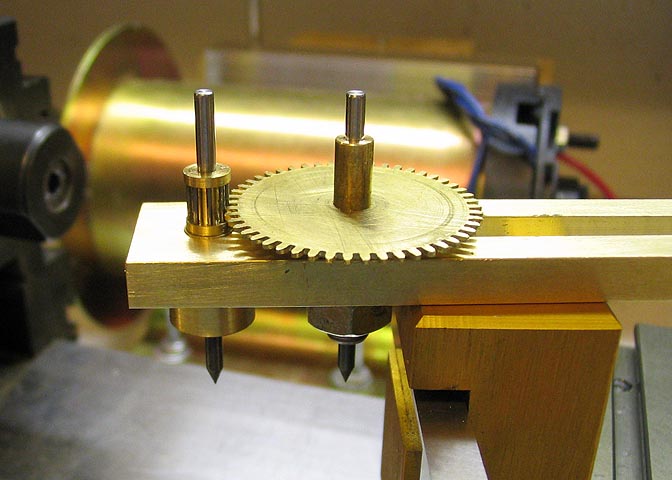black85vette
Well-Known Member
- Joined
- Jan 18, 2009
- Messages
- 1,084
- Reaction score
- 25
The other night I fixed our clothing dryer. As some of you will verify, fixing a household appliance WITHOUT being asked earns you "shop credits" which can be redeemed for extra time in the shop building engines. ;D
Being inspired by Longboy and then Brian's builds I headed to the metal store and got the materials for the frame. Already ordered some 12L14 for the cylinder and have it on hand. The flywheel is a recycled cast wheel from a railroad model engine. I have already turned it on the lathe to remove the flange and made the outside of the wheel flat. I am going to move everything on the frame up .25" because the wheel is 4" and I don't want to turn it down.
Did not take long to make my first mistake. If I had reread Brian's post about the frame I would have noted that the base was .375 and the vertical parts .3125. I already cut all the parts from .375 stock and have decided to just go with it and make the necessary adjustments. oh: So for now, three parts started and two of them are already wrong.
oh: So for now, three parts started and two of them are already wrong.
I don't build as fast as Brian and may have some delays so don't expect this to be quick.

Being inspired by Longboy and then Brian's builds I headed to the metal store and got the materials for the frame. Already ordered some 12L14 for the cylinder and have it on hand. The flywheel is a recycled cast wheel from a railroad model engine. I have already turned it on the lathe to remove the flange and made the outside of the wheel flat. I am going to move everything on the frame up .25" because the wheel is 4" and I don't want to turn it down.
Did not take long to make my first mistake. If I had reread Brian's post about the frame I would have noted that the base was .375 and the vertical parts .3125. I already cut all the parts from .375 stock and have decided to just go with it and make the necessary adjustments.
I don't build as fast as Brian and may have some delays so don't expect this to be quick.

















































































